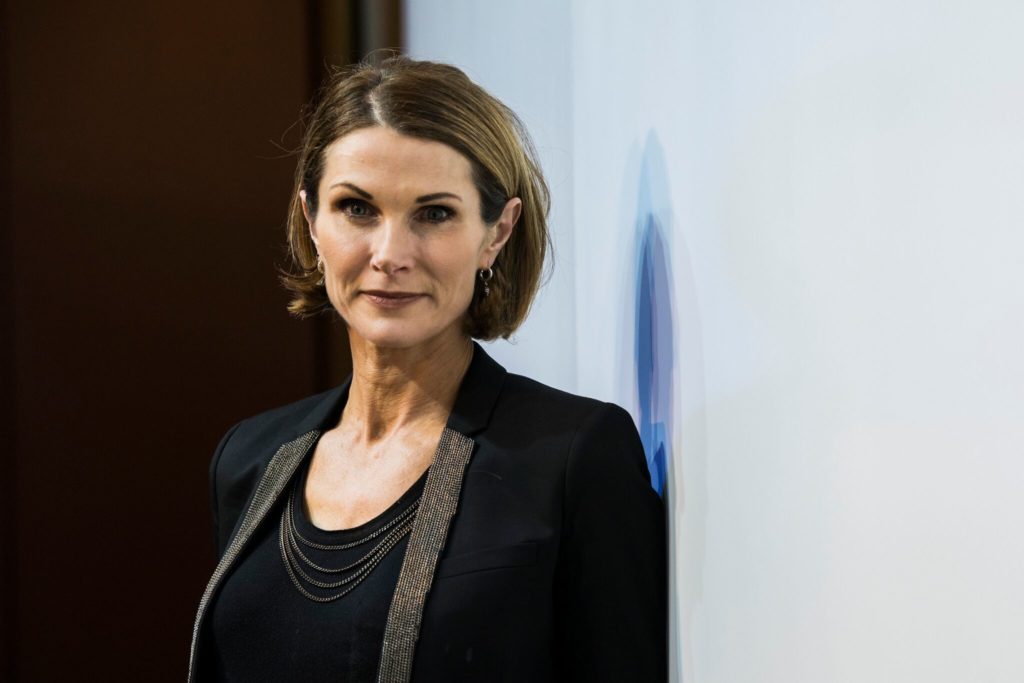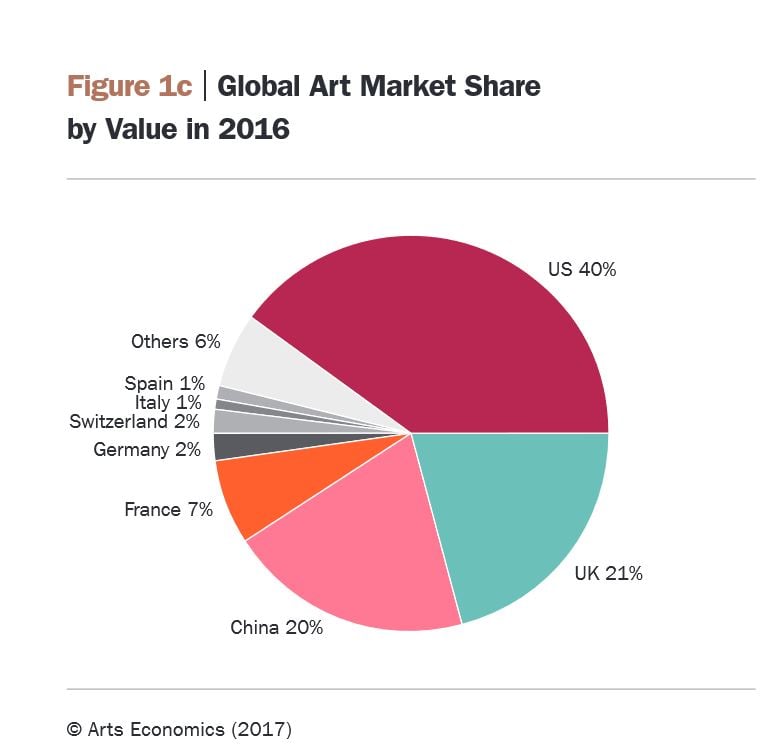Analysis
The Key Findings of Art Basel’s 2017 Global Art Market Report
Auction sales fell, dealers saw an uptick, and art fairs are more important than ever.

Auction sales fell, dealers saw an uptick, and art fairs are more important than ever.

Eileen Kinsella

Compared with other industries, the global art market is notoriously difficult to quantify and track, as Art Basel director Marc Spiegler rightly points out.
His comments appeared in the introduction to the just-released 2017 Art Basel and UBS Global Art Market Report—the first edition of its kind. It is one of several annual reports that tries to track auction data, private sales, as well as global wealth trends, attempting to bring some clarity to the art market.
The new report continues economist Dr. Clare McAndrew’s longstanding, extensive research into the field. Her key findings were presented today at the Art Basel in Hong Kong fair.
(McAndrew previously wrote the annual TEFAF art market report, which uses auction data supplied by artnet, but left for Art Basel. Released during the Maastricht art fair earlier this year, the TEFAF report presents a competing view of some of the same trends.)
McAndrew remarked in a statement: “2016 was a challenging year for the art market with uneven performance across regions and sectors. An uplift in gallery sales prevented a deeper decline in sales overall, with dealers gaining share of the global art trade. However, even within this sector, performance differed between segments, with the best results reported for dealers operating at the high end of the market.”
With respect to a decline in auction sales, McAndrew argued that “it was the highest end—$10 million—that suffered the greatest decline.”

Among the reports key claims about the global art business in 2016:
1. The art market achieved total sales of roughly $56.6 billion in 2016, an 11 percent drop from 2015.
2. The top three markets—the US, the United Kingdom, and China—confirmed their dominant position in the global market in 2016, accounting for just over 80 percent of sales. Despite the US sustaining a “substantial” decline in sales, it nonetheless accounted for 40 percent of market share, while the UK accounted for 21 percent and China accounted for 20 percent.
3. Art dealers experienced an uptick in sales in 2016, with the report noting a three percent cumulative increase to $32.5 billion.
4. Auction figures, meanwhile, declined by 26 percent, to $22.1 billion.
5. Due to the decline in US auction sales and relatively stable performance in China, the Chinese market led the auction sector with 34 percent of sales by value.
6. The largest sector of the public fine art auction market in 2016 was postwar and contemporary art, which accounted for 52 percent of the market by value, and 37 percent of transactions.
7. Perhaps unsurprisingly, art fairs continue to be a central part of the global art market, with aggregate sales estimated to reach $13.3 billion in 2016, up five percent year on year, a 57 percent increase compared with 2010. Art fairs, according to McAndrew, accounted for an estimated 41 percent of dealer sales in 2016.